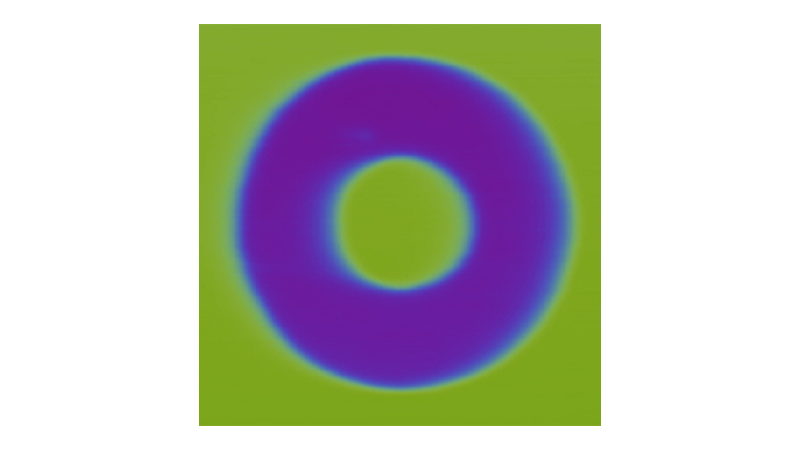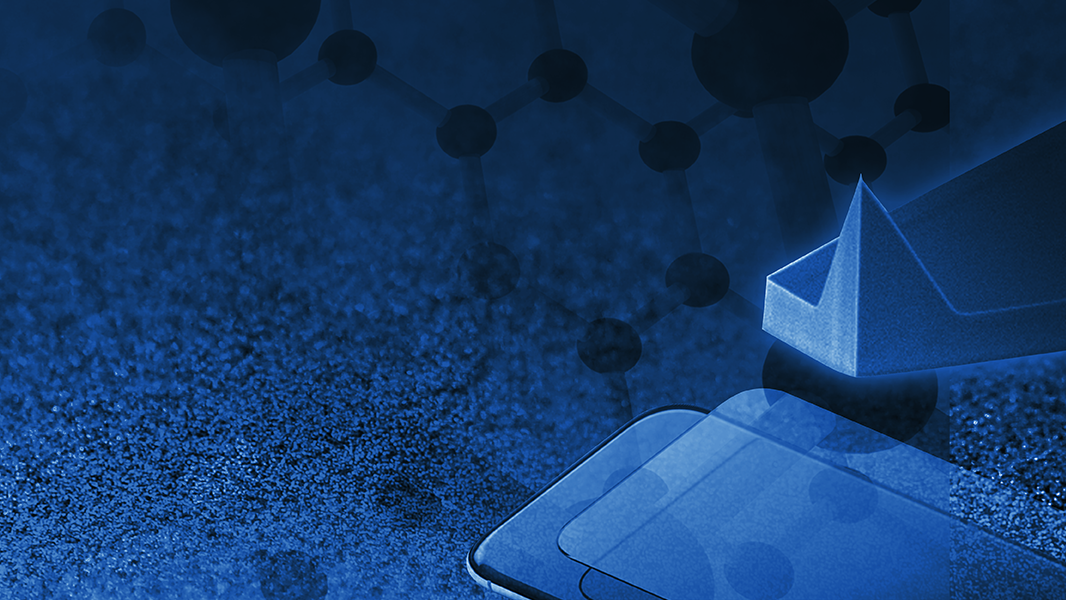Nanoscale semiconductor/catalyst interfaces in photoelectrochemistry
Nature Materials (2019)
In this in situ study, Laskowski et al. use potential sensing AFM with a PeakForce-SECM probe on a Dimension Icon to determine why smaller Ni nanoparticles create more efficient n-Si/Ni photoanodes for solar fuel generation.
Doped silicon covered with a thin Ni film has been known to provide high performance as a photoanode in photoelectrochemical water splitting for solar fuel generation. Properties of the metal semiconductor interface change during operation, making it challenging to gain insight into the factors that limit performance. Laskowski et al. studied individual Ni particles on n-Si in operando under practical conditions and were able to show that oxidation of the interface during operation creates a size dependent pinch-off effect. By enhancing hole selectivity, this effect suppresses recombination, thus increasing efficiency. In summary, the authors not only demonstrate nanoscale operando measurements using AFM with SECM probes under relevant conditions but also uncover a design principle for higher performance photoelectrochemical devices.

